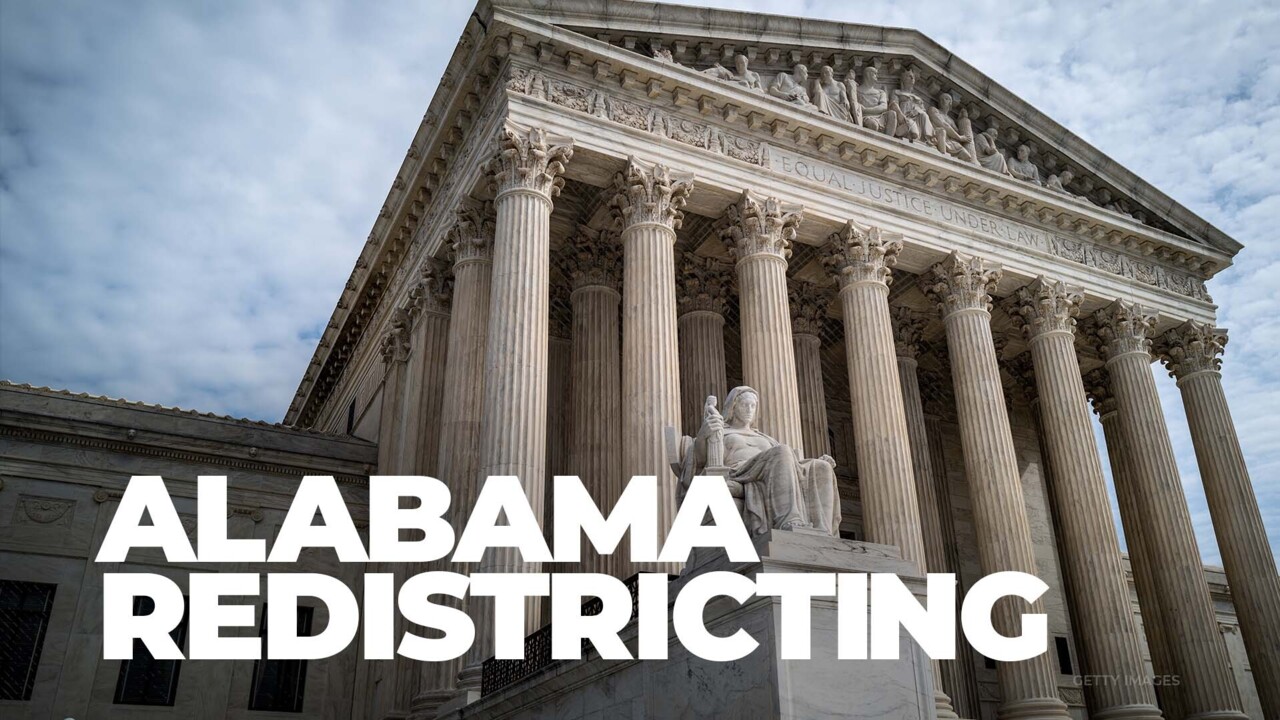
The Supreme Court heard a redistricting case regarding Alabama’s new congressional map. The state has seven congressional districts. One of them is majority black. The plaintiffs say Alabama should have two majority black districts because 27% of the state’s residents are black.
Deuel Ross says: There is nothing race neutral about Alabama’s map. It allows white voters to deny black voters the opportunity elect representation responsive to their needs.
Alabama Solicitor General Edmund LaCour defended the state’s new map saying they should attempt to draw a map that is race neutral.
Lacour says: “Section two requires an electoral process equally open to all, not one that guarantees maximum political success for some over others.”
But the Justices grilled him. From Samuel Alito to Kentanji Brown Jackson, both conservative and liberal justices cast doubts on his arguments.
Justice Alito says: Counsel you have made a number of arguments, some of them are quite far reaching
Justice Barrett says: “I think I’m struggling in the same way that some others have having trouble narrowing down exactly what your argument is.”
The oral arguments revolved around the Gingles decision, a previous gerrymandering case that created a three part test for proving a racial vote has been diluted under the Voting Rights Act.
It says a politically cohesive minority group must demonstrate that it is sufficiently large and compact enough to constitute a majority in a reasonably configured district. The minority group must also show that the majority group votes together, and will therefore defeat the minority group’s preferred candidate.
Justice Jackson: “We have to figure out whether you are claiming that we need to change Gingles in some fundamental way or whether you’re just saying that these plaintiffs just didn’t satisfy Gingles in the way we normally understand it.”
The Justices may make their own ruling on this case, but Justice Sotomayor also raised the possibility that the case could be remanded back to a lower court, with new guidelines on how to make their decision. Straight from DC, I’m Ray Bogan.










